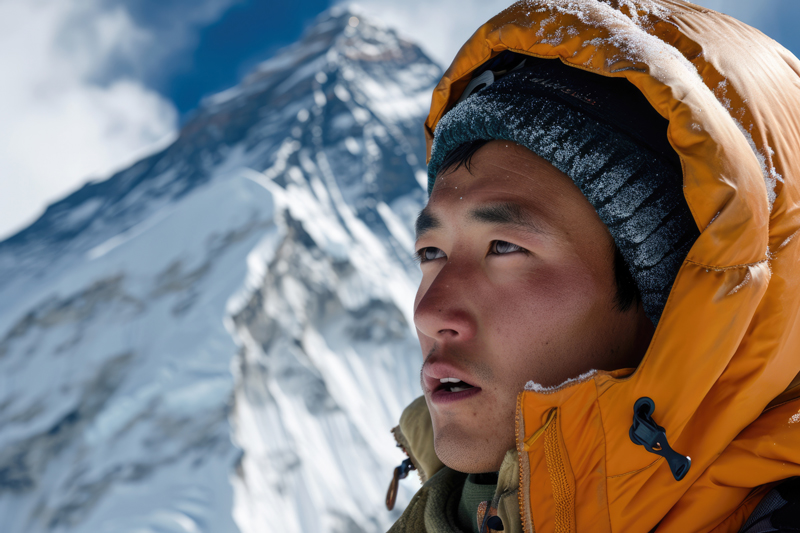The Caudwell Xtreme Everest (CXE) expedition in 2007 was a landmark study in high-altitude physiology, providing unprecedented insights into human adaptation to extreme hypoxia. Led by a multidisciplinary team of intensive care doctors, nurses, and scientists, the expedition sought to explore how the human body responds to severely reduced oxygen levels. Over 200 volunteers were meticulously monitored as they ascended from sea level to Everest Base Camp (5,300m), while a smaller research team pushed even higher, collecting physiological data at altitudes reaching 8,400m.
The primary objective was to examine individual variations in oxygen utilisation and acclimatisation, offering valuable comparisons to critically ill patients suffering from hypoxemia. The findings of the study have since had profound implications, particularly in intensive care settings where patients often experience dangerously low blood oxygen levels.
One of the most influential studies to emerge from the CXE expedition was “Arterial Blood Gases and Oxygen Content in Climbers on Mount Everest,” published in the New England Journal of Medicine (Grocott et al., 2009). This research provided the first direct measurements of arterial blood gases at extreme altitude, showing that blood oxygen saturation levels at Everest Base Camp dropped to between 85-87%, compared to the normal 98-99% at sea level. At the summit, the lowest recorded arterial oxygen pressure was just 2.55 kPa, among the lowest ever measured in a conscious human. These findings significantly advanced our understanding of how the human body tolerates extreme hypoxia and have direct applications in managing patients with respiratory failure (Grocott et al., 2009, NEJM).
Another crucial publication was “Design and Conduct of Caudwell Xtreme Everest: An Observational Cohort Study of Variation in Human Adaptation to Progressive Environmental Hypoxia” (High Altitude Medicine & Biology, 2010). This paper outlined the meticulous methodology employed during the expedition, ensuring that data collection was both robust and reproducible. It provided valuable insights into the challenges of conducting research in such an extreme environment and has influenced future high-altitude studies (Grocott et al., 2010, High Altitude Medicine & Biology).
Beyond its medical implications, the CXE expedition also inspired innovations in human performance monitoring. Dr Chris Crockford, then Business Development Director at McLaren F1, recognised the potential of using real-time physiological monitoring to optimise human performance. Drawing from the experience of tracking physiological changes in extreme conditions on Everest, Crockford helped develop the concept of “human telemetry”—a system designed to continuously monitor vital signs such as heart rate, oxygen levels, and core temperature in real time. This technology was particularly relevant for Formula 1, where the ability to track a driver’s physiological responses under extreme conditions could enhance performance, improve safety, and prevent critical incidents during races.
The legacy of the Caudwell Xtreme Everest expedition extends far beyond the mountains. It has revolutionised our understanding of high-altitude adaptation, contributed to advancements in critical care medicine, and even played a role in shaping human performance monitoring technologies in elite sports. The pioneering research conducted during this trek continues to influence scientific and medical fields, making it one of the most significant high-altitude physiological studies ever undertaken.
References:
- Grocott MP, Martin DS, Levett DZ, McMorrow R, Windsor J, Montgomery HE. (2009). Arterial Blood Gases and Oxygen Content in Climbers on Mount Everest. New England Journal of Medicine, 360(2), 140-149. DOI: 10.1056/NEJMoa0801581
- Grocott MPW, Richardson A, Montgomery HE, Mythen MG. (2010). Design and Conduct of Caudwell Xtreme Everest: An Observational Cohort Study of Variation in Human Adaptation to Progressive Environmental Hypoxia. High Altitude Medicine & Biology, 11(1), 93-97. DOI: 10.1089/ham.2010.1031
